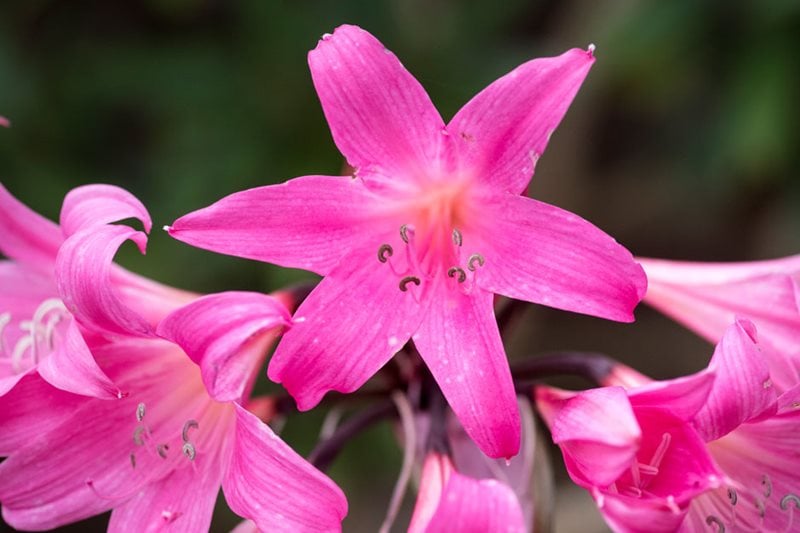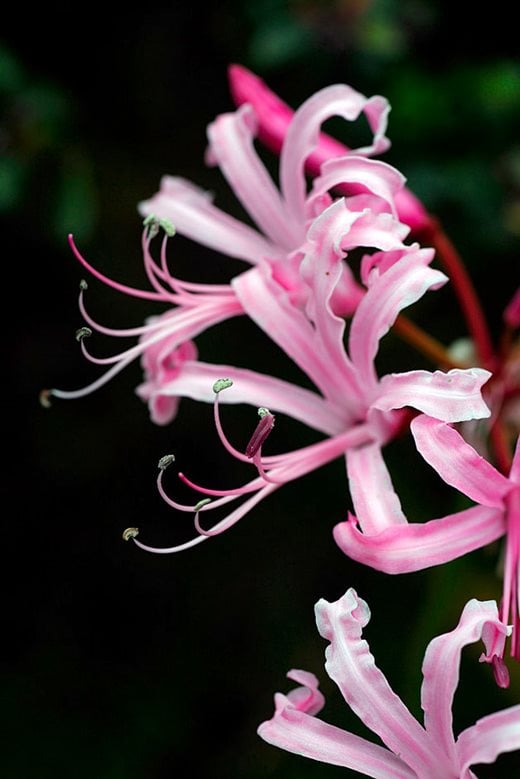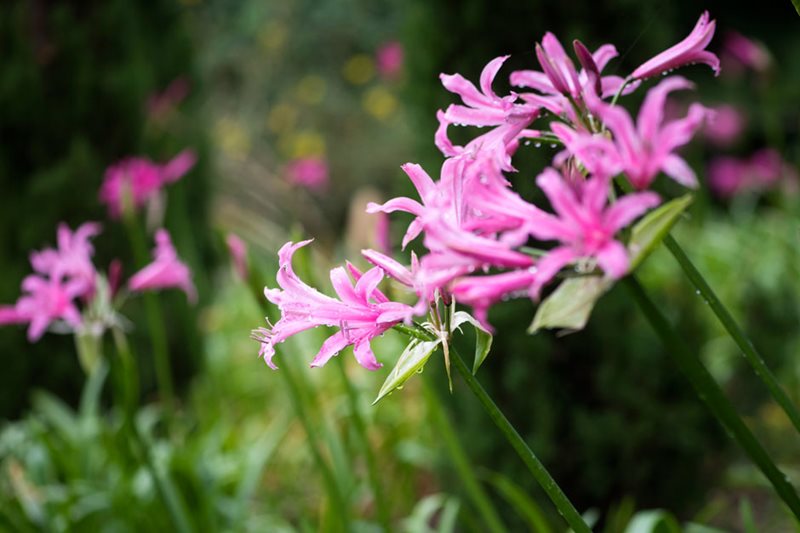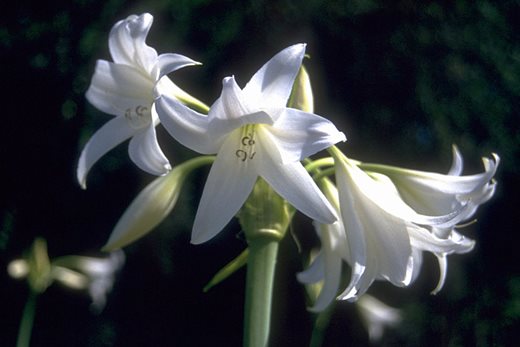Colourful, dramatic and seductive, amaryllis and its cousins make wonderful garden plants for autumn, writes Graham Rice
 “Amaryllis” is a name that’s used to cover two different, though related, types of plants. For many of us these are the flamboyant Christmas bulbs for the windowsill though, technically, these are hippeastrums.
“Amaryllis” is a name that’s used to cover two different, though related, types of plants. For many of us these are the flamboyant Christmas bulbs for the windowsill though, technically, these are hippeastrums.
But, more correctly, the name covers an invaluable group of hardy, easy-to-grow, outdoor bulbs whose flowers are at their peak in the autumn.
 Nerines and crinums are close relations of amaryllis, there are even hybrids between them, and so much colour in the garden is winding down in October that this group of impressive bulbs is all the more valuable.
Nerines and crinums are close relations of amaryllis, there are even hybrids between them, and so much colour in the garden is winding down in October that this group of impressive bulbs is all the more valuable.
The two stars are Amaryllis belladonna and Nerine bowdenii. The amaryllis is more flamboyant, with fewer but larger flowers, but the nerine increases more enthusiastically.
Amaryllis belladonna carries three or four, fragrant, pale pink flowers on 60cm stems, each flared flower 10cm across or a little more. There are a few named cultivars with white or deeper pink flowers but they’re hard to find. They increase slowly but last well when cut – if you have enough. Search for them in the RHS Plant Finder.
Nerine bowdenii is the hardiest of the nerines. At about 45-60cm, it’s usually a little shorter than A. belladonna, and the stems a little more slender, but they carry up to eight 10-15cm flowers on the top of each stem. Mostly these are bright and shining rose pink but named forms, in white, darker and lighter shades, and pink and white bicolours are lovely.
There are also hybrids between the two, × Amarine tubergenii, which are in between the parents in flower numbers and flower size and well worth hunting out.

All these related bulbs are best in a hot, sunny site with good drainage, plant with the tips of the bulbs showing. The foot of a south or west facing wall is usually recommended but they will also thrive in any unshaded well-drained situations with some shelter. I give mine a few liquid feeds when the foliage is growing.
 The third related species is the summer flowering Crinum × powellii. Although this develops on a slightly different growth cycle, flowering with the foliage in summer and appreciating more moisture, it has been crossed with A. belladonna to give us × Amarcrinum. ‘Howardii’ is the only cultivar you’re ever likely to see. With up to ten, dark-throated, 6-10cm rose flowers in summer and early autumn it makes an impressive feature. It usually produces its foliage in summer, so water and feed then.
The third related species is the summer flowering Crinum × powellii. Although this develops on a slightly different growth cycle, flowering with the foliage in summer and appreciating more moisture, it has been crossed with A. belladonna to give us × Amarcrinum. ‘Howardii’ is the only cultivar you’re ever likely to see. With up to ten, dark-throated, 6-10cm rose flowers in summer and early autumn it makes an impressive feature. It usually produces its foliage in summer, so water and feed then.
This is an invaluable group of late summer and autumn bulbs which increase well after flowering and are well poised to take over from summer flowering species in autumn – just when we need them.
See also

